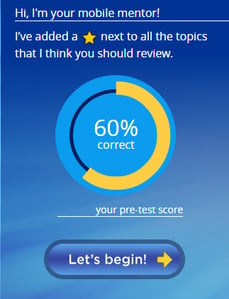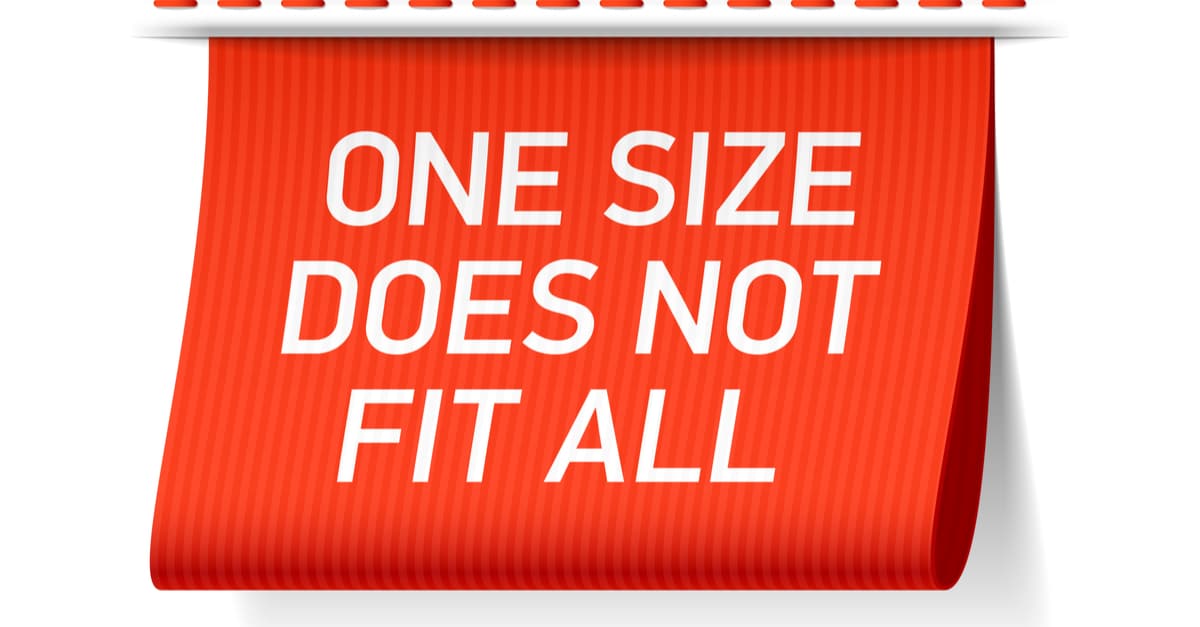Adaptive learning isn’t new, in fact, it’s been around for quite a while. Though it hasn’t been widely used in the pharmaceutical industry, its time may have come. Let’s start with a look at what adaptive learning is and what it isn’t.
People commonly use the terms personalized learning and adaptive learning interchangeably but they are definitely NOT the same thing.
Personalized learning refers to anything that a company, trainer, or software program does to differentiate training for individual learners. This can apply to the curriculum or content chosen for a specific learner, or to the method such as eLearning, podcast, or video. Learning can even be personalized as it relates to the scheduling or pace at which the learner gets their training.

Adaptive learning technology goes beyond looking at a learner’s answer and deciding if it is appropriate or correct. It can also give the learner hints and feedback, it can direct them to other resources on the topic, or can recommend similar topics that might be of interest all based on the learner’s answer. This happens continually throughout an adaptive learning program, which means the progression is rarely linear.
Adaptive assessments change and respond based on whether questions are answered correctly or incorrectly. This change is often a result of the difficulty level of the question. These assessments can have a pool of questions about the content at different difficulty levels. The learner answers the questions until he or she has answered enough of the difficult questions correctly to achieve the mastery goal or until they are directed to an appropriate learning event.
So what does this have to do with training?
Let’s say you have a new hire salesperson. Personalized learning may consider their work experience and give them an assessment that will allow them to demonstrate their baseline knowledge level. Based on the results, that new hire would be given a personalized learning pathway with a curriculum track designed for people who have scored in a specific range on the assessment. As the new hire completes parts of the training, such as an eLearning module, and meets a pre-determined level of mastery, more training in that learning pathway becomes available to them. If the learner has difficulty at any point, they are directed back to areas where they can review and try again. Each new hire may be placed on one of a few training pathways, or at a different place on the same pathway, and they may learn at their own pace. Overall, the learning takes place along a relatively linear path that doesn’t change that much once the person is on it.





